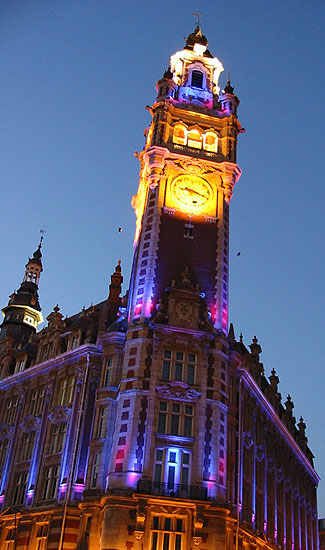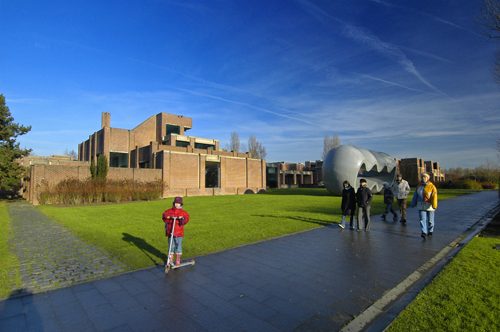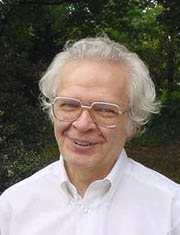Contact: ecc11-org (at) nonlineaire.univ-lille1.fr















Otto E. RÖSSLER
Universität Tübingen, Germany
http://www.atomosyd.net/spip.php?article6
Otto E. Rossler was born in 1940. As an adolescent, he built his own radio-transmitter and thus got acquainted with electronics while still in highschool.
He studied medicine up to 1966. He then cooperated with Carl-Freidrich von Weizsäcker and Konrad Lorenz on chemical evolution. Attracted by Robert Rosen's (1934-1998) mathematical work on self-reproduction, Otto got invited to join the Center for Theoretical Biology at Buffalo in 1969. He started to investigate simpler and simpler differential equations during his stay at Buffalo. In 1970 he used a stipend by the DFG to cooperate with Friedrich-Franz Seelig at the University of Tübingen, returning there from Buffalo. Here he got the opportunity to investigate chemical reaction systems with the help of an analog computer. In this period, Otto introduced chemical automata, a "well-stirred" equivalent of the electronic components used in electronic circuits. Prompted by his American friend Art Winfree, he discovered his first chaotic equations in late 1975. During more than a decade, Otto proposed many different chaotic systems (differential or difference equations) incuding hyperchaos and hyperfat attractors.
In the 1980s, Rossler switched his topic of research to include more
fundamental physics like endophysics, the quantum nonlocality, the
Hubble phenomenon and black hole theory.
Time's arrow and Hubble's law from the reduced three-body problem with/without sign flip
Dissipative thermodynamics and an anti-dissipative phenomenon (the "cooling" of fast particles traversing a cosmos of randomly moving heavy particles) are brought together. A very simple model of thermodynamics consists of but 2 particles placed into a frictionless T-tube, one heavy, one light. The heavy one in the vertical tube contains much more kinetic energy at first. If the light one's kinetic energy is close to zero initially, it indeed gets heated up: a "tendency for equipartition" is found. The potential can even be "very smooth" hereby (Newtonian-repulsive). If the potential is inverted, however (ordinary Newtonian), the opposite behavior occurs: An initially fast (but low-kinetic energy), very low-mass horizontal particle in the T-tube gets "cooled down" even further by its interaction with the heavy vertical one. Much like a fast cosmic-ray particle traversing the universe is. The new deterministic-chaos theory was first discovered in a statistical Brownian-motion context by Chandrasekhar in 1943. For J.O.R.